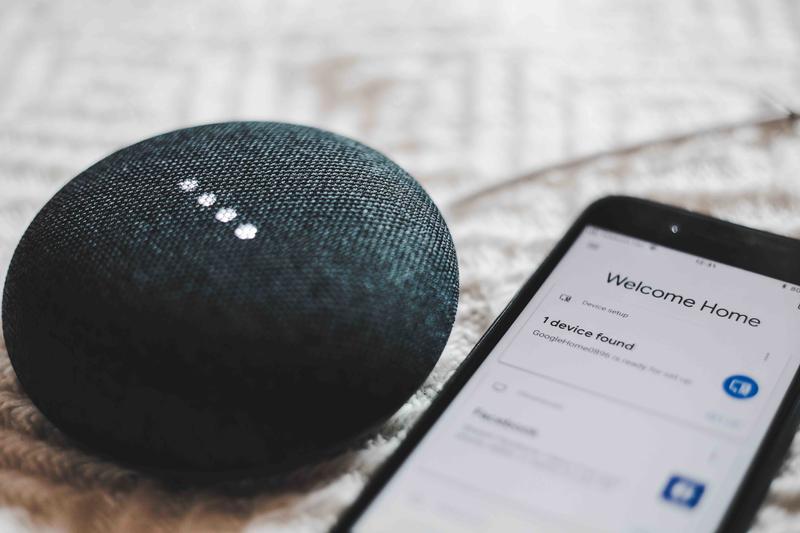Good news for designers—particularly those fond of integrating smart technology into their home projects. California-based consulting and market analysis company Frost & Sullivan recently predicted that the homes and buildings industry would reach $1.19 billion this year. With double-digit growth in connected homes and LED lighting, the survey cited the incorporation of smart technology into residential and commercial spaces, along with other disruptive innovations, as growing streams of revenue.

Technology convergence will continue to affect market dynamics within the industry by minimizing costs from operations and infrastructure, as well as optimizing building finances. Blockchain, artificial intelligence and virtual voice assistants will help take the industry to the next step, according to the survey.
The news comes at a time when the housing market has hit its slowest pace in nine months. Frost & Sullivan analyzed market trends in 2017 from companies that it said performed well, including Siemens, Tesla, Honeywell, Google and Amazon. It divided the industry into two separate categories: homes (including LED lighting, connected homes, home energy management, energy storage and solar photovoltaic) and buildings (LED lighting, building energy management, building automation systems, HVAC, fire and safety, and low-voltage power distribution).
How can designers leverage the findings in the survey? One answer is product integration. A survey of 500 users by Consumer Intelligence Research Partners claims that 60 percent of Amazon Echo and Google Home users have connected the device to another accessory, including thermostats, lighting, security systems and appliances. Take David VanWert, principal at VanWert Technology Design in West Hollywood, California, who is currently designing a motorized, 45-foot-wide TV that will ascend from the ground at the edge of his client’s infinity pool. “There isn’t much you can’t do” in terms of integrating technology, he said. “The possibilities are virtually endless at this point.”
Francis Nicdao, design director at Pembrooke & Ives, actively engages with clients over technology integration, providing a questionnaire to get a better grasp on their habits and preferences, and integrating security, AV, lighting and shades. “It’s all about flexibility, access, and mobility,” Nicdao said. “Homeowners want that feeling of security within the home but also remote control. These desires create some challenges; when it comes to design, we must recognize that not all tech is so sensitive to aesthetic needs.”
VanWert and CEDIA, a global trade association representing the home technology market, don’t want technology integration to be an afterthought in the design process. Right now, according to VanWert, it often is. “One of our biggest goals is to have these discussions as early as humanly possible,” he said. “It’s really just getting plugged in to the overall design team to organize locations.”
CEDIA works to make integrating these technologies into home design seamless. Its Expo event, which hosts over 20,000 home technology professionals each year, announced the debut of Design Connection, a space to connect technology integrators with design and construction professionals. The new platform will have programs and networking events throughout CEDIA Expo 2018, coming up in September.
“If you plan all of these systems at the same time, now you have much more of a chance of success of all of these things working together,” VanWert said.
Some basic technologies that will be nearly ubiquitous in future projects—among them, voice-controlled automation and facial recognition, are both in high demand—as well as further developments in wireless technology.
The earlier integrators are brought on to projects, the more seamless the project seems to unfold. “Just as a designer adds a layer of beauty to the home, an integrator, or technologist, adds a layer of life enhancement,” Heather Sidorowicz, a member of CEDIA’s board of directors, says. “Bringing together these two experts, for design and technology, creates the perfect match for any discerning homeowner.”



























